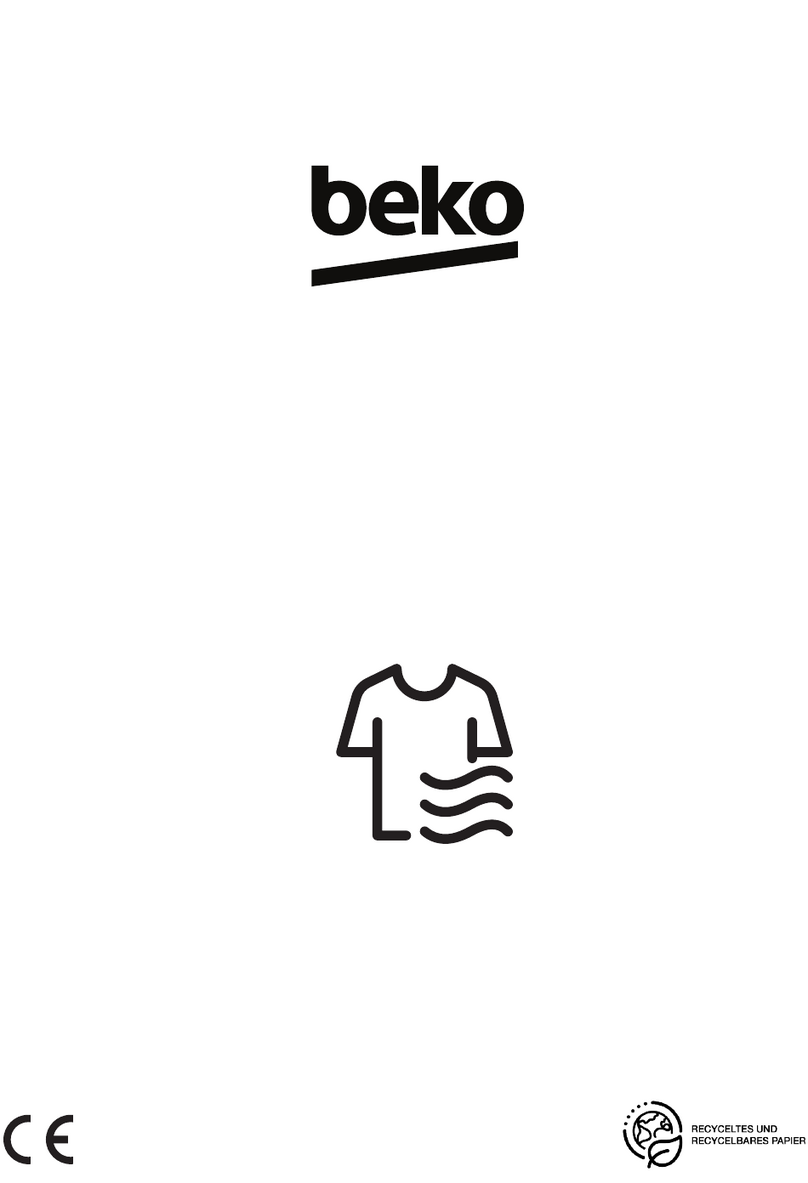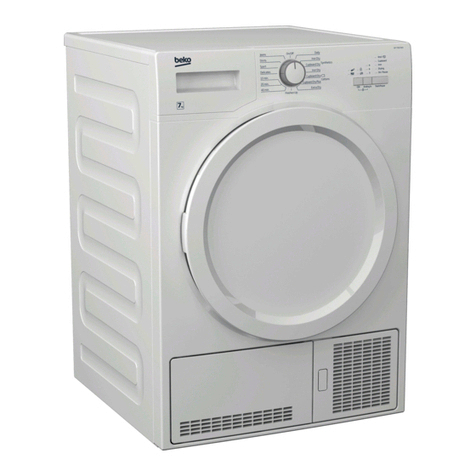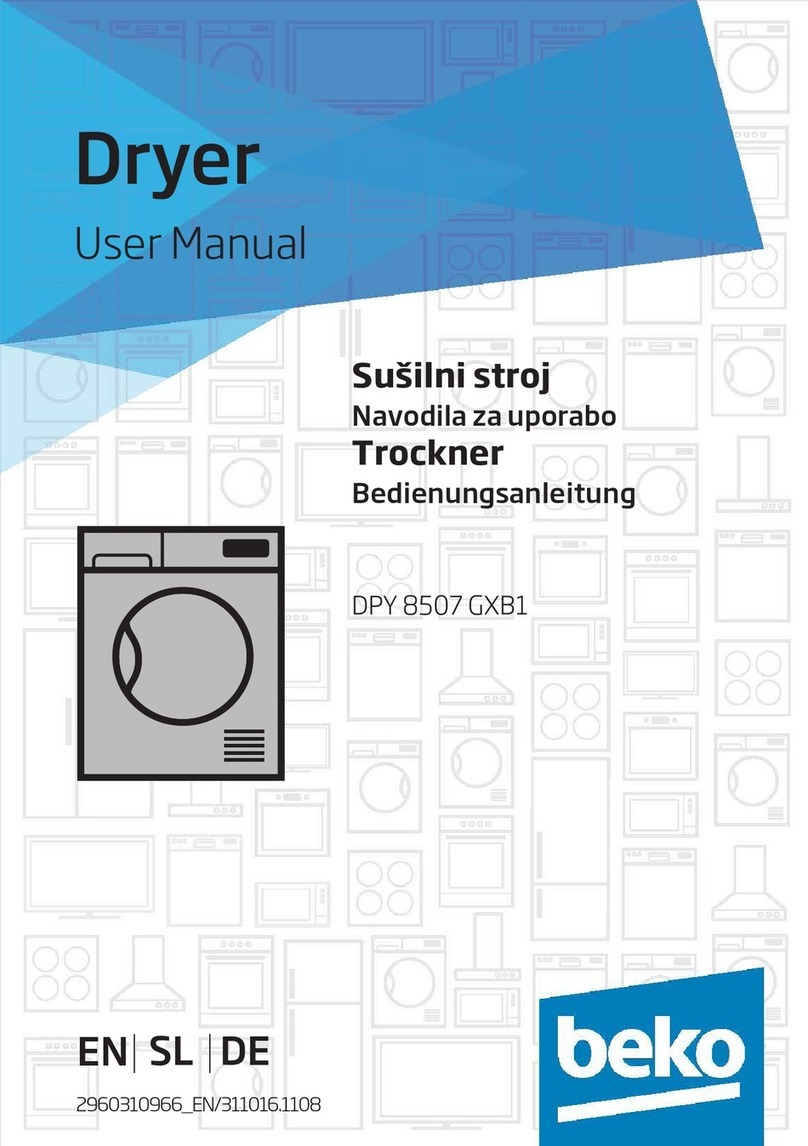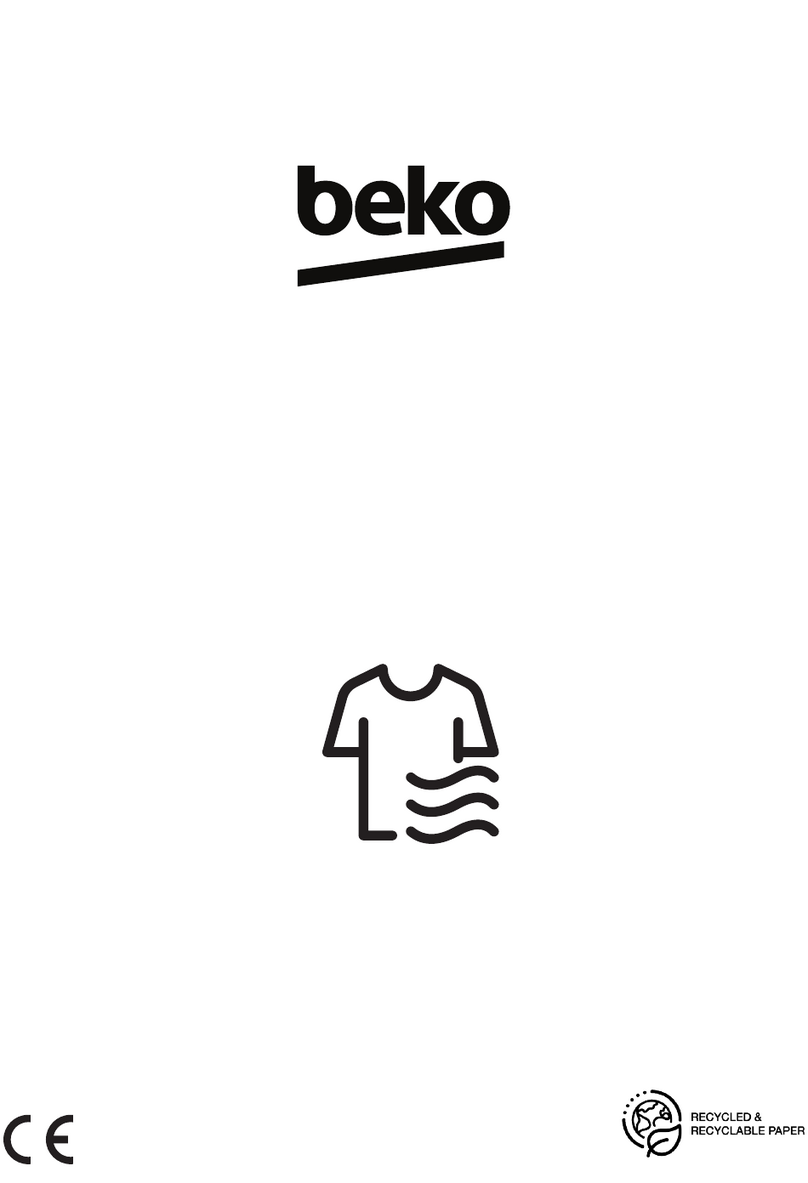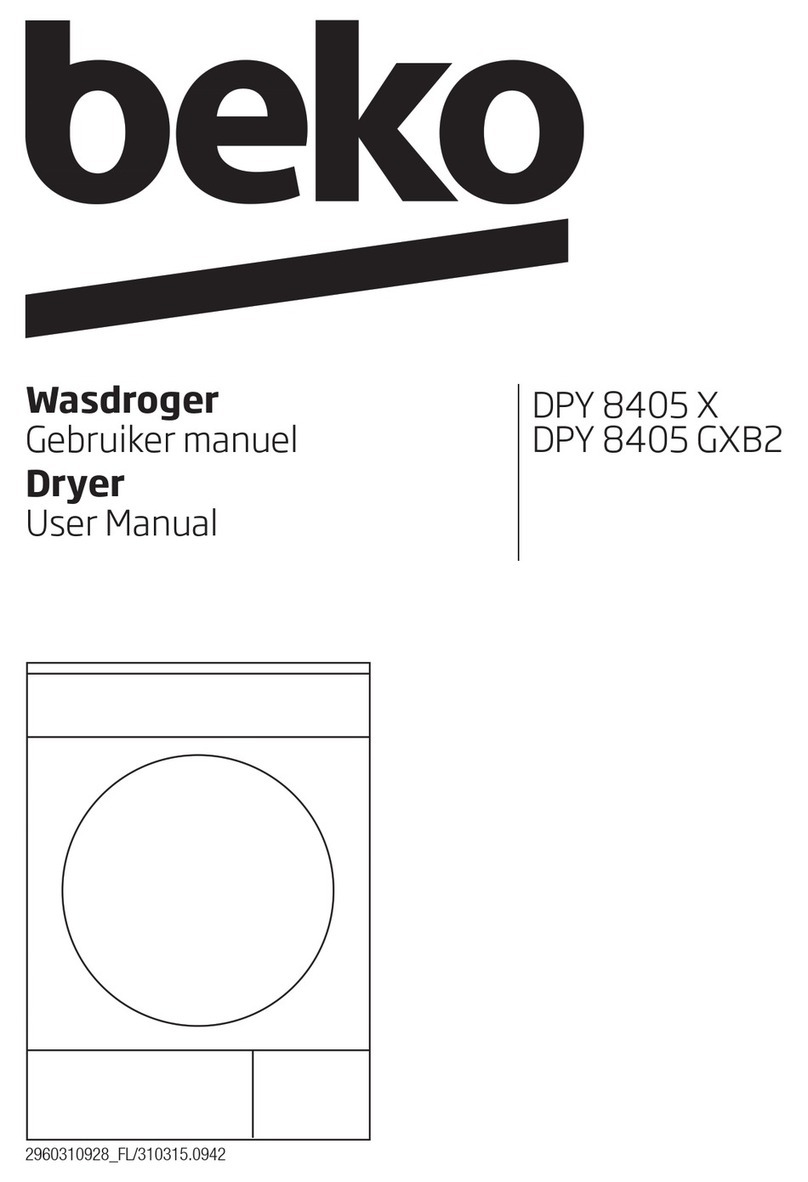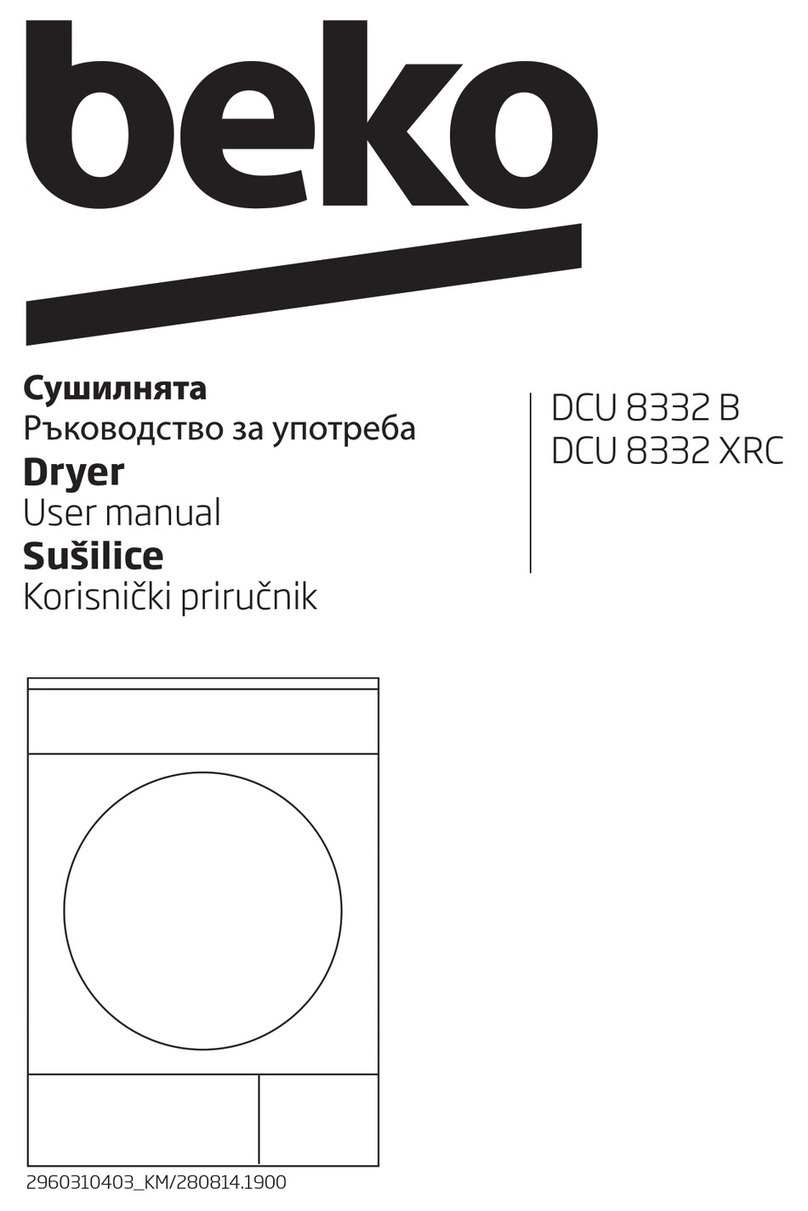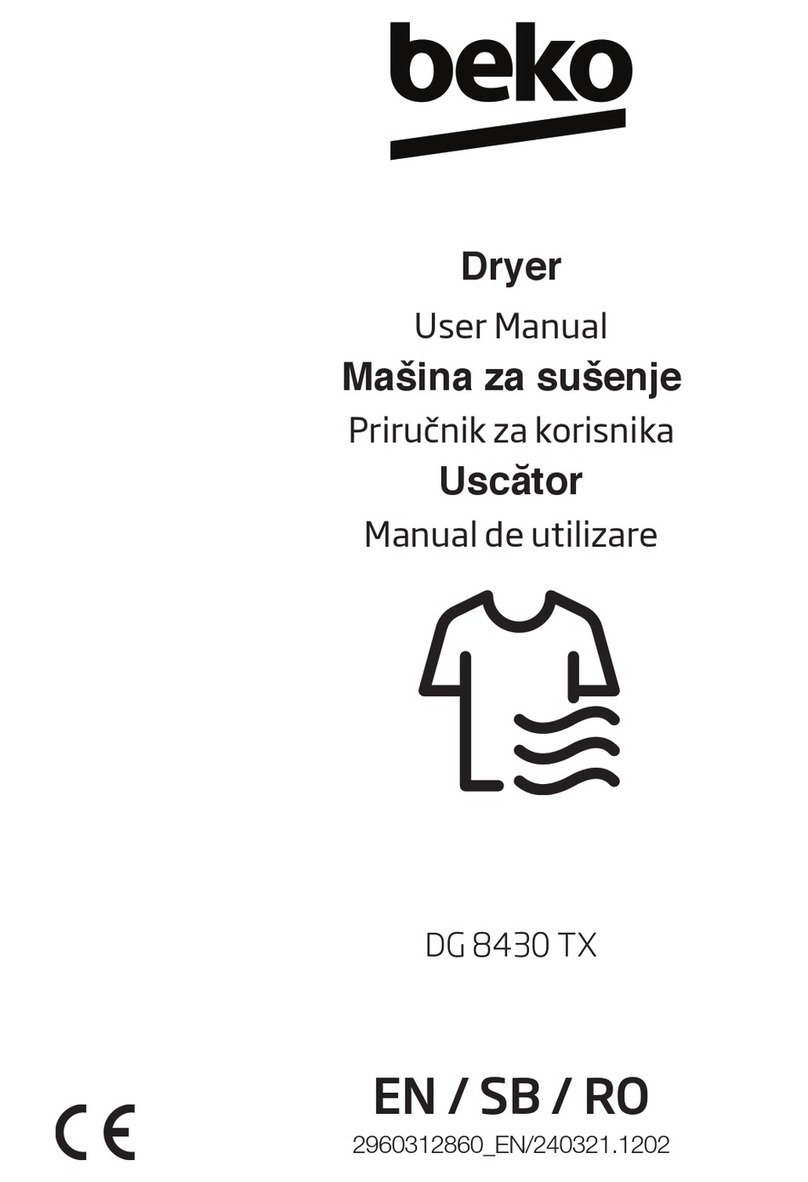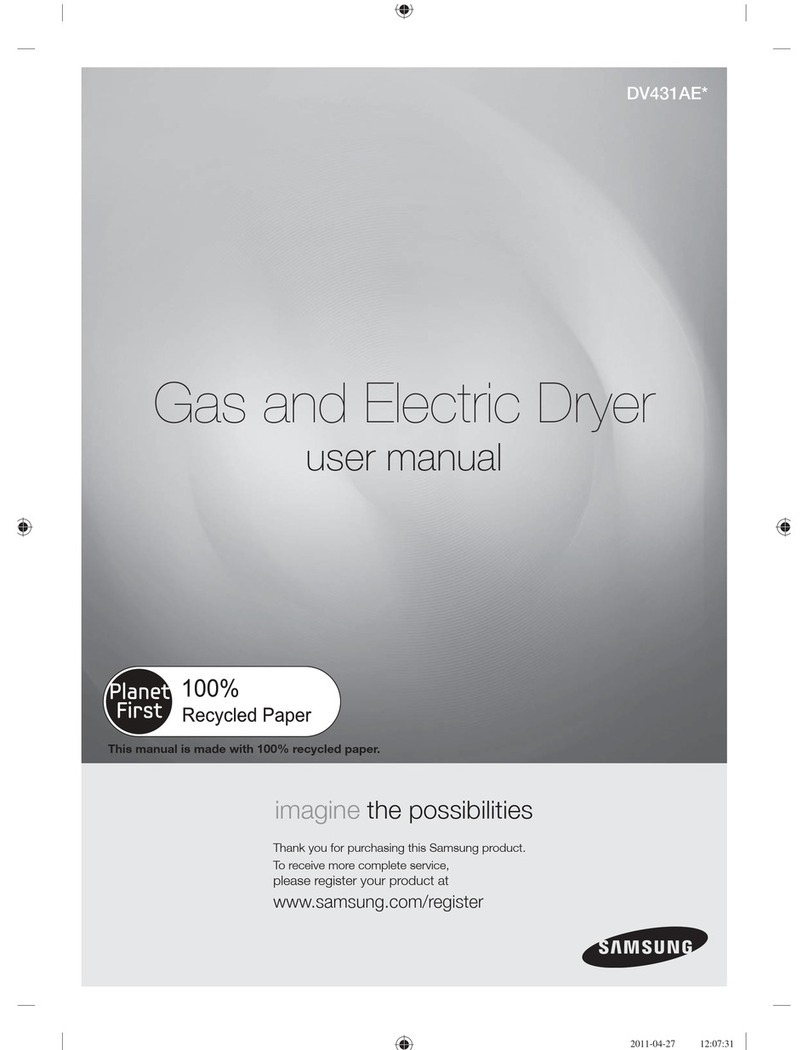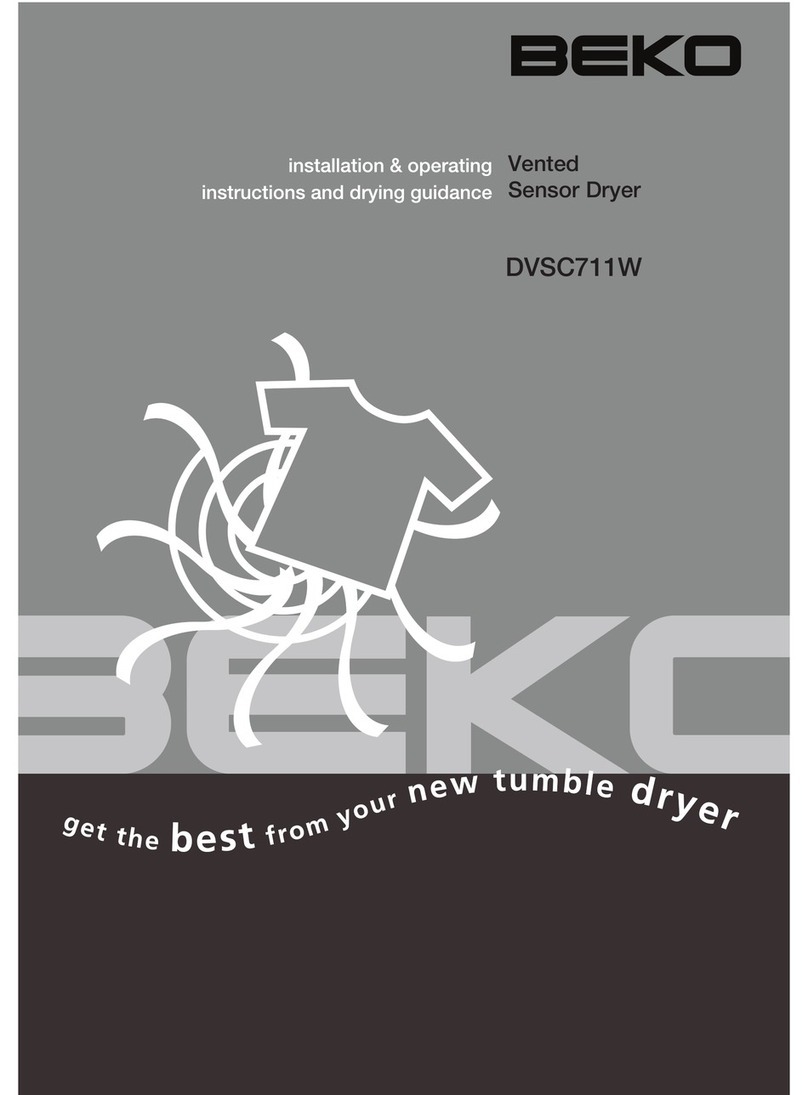
Safety instructions
8 DRYPOINT® RA CT 200-500 NA 3PH
2.2 Signal words in accordance with ANSI
Danger! Imminent hazard
Consequences of non-observance: serious injury or death
Warning! Potential hazard
Consequences of non-observance: possible serious injury or death
Caution! Imminent hazard
Consequences of non-observance: possible injury or property damage
Notice! Potential hazard
Consequences of non-observance: possible injury or property damage
Important! Additional advice, info, hints
Consequences of non-observance: disadvantages during operation and maintenance, no danger
2.3 Overview of the safety instructions
Certified skilled personnel
Installation works must exclusively be carried out by authorised and qualified skilled personnel. Prior to
undertaking any measures on the DRYPOINT®RA CT 200-500 NA compressed-air refrigeration dryer,
the certified skilled personnel shall read up on the device by carefully studying the operating
instructions. The operator is responsible for the adherence to these provisions. The respective
directives in force apply to the qualification and expertise of the certified skilled personnel.
For safe operation, the device must only be installed and operated in accordance with the indications in
the operating instructions. In addition, the national and operational statutory provisions and safety
regulations, as well as the accident prevention regulations required for the respective case of
application, need to be observed during employment. This applies accordingly when accessories are
used.
Danger!
Compressed air!
Risk of serious injury or death through contact with quickly or suddenly escaping compressed
air or through bursting and/or unsecured plant components.
Compressed air is a highly dangerous energy source.
Never work on the dryer when the system is under pressure.
Never direct the compressed-air outlet or condensate drain hoses at persons.
The user is responsible for the proper installation of the dryer. Non-observance of the instructions in the
"Installation" chapter leads to the expiration of the guarantee. Improper installation may result in
dangerous situations for the personnel and/or the device.
Pos: 5 /Beko Technisc he Dokumentation/Sic herheit/Maßnahmen Druc kluft BM @ 0\mod_1184148284 291_6.doc @ 5812
Pos: 6 /Beko Technisc he Dokumentation/Sic herheit/Gefahr Netzspan nung @ 0\mod_11841481 86948_6.doc @ 5794
Danger!
Supply voltage!
Contact with non-insulated parts carrying supply voltage involves the risk of an electric shock
resulting in injuries and death.
Only qualified and skilled personnel are authorised to run electrically-operated devices. Prior to
undertaking maintenance measures at the device, the following requirements must be met:
Make sure that the power supply is switched off and that the device is off and marked for maintenance
measures. Please also ensure that the power supply cannot be re-established during the works.
Pos: 7 /Beko Technisc he Dokumentation/Sic herheit/Maßnahmen Netzs pannung BM 31/32/33 @ 0\mod_1 216898430699_6.doc @ 11319
Caution!
Refrigerant!
The compressed-air refrigeration dryer uses HFC-containing refrigerants as a coolant.
Please observe the corresponding paragraph entitled "Maintenance works at the refrigeration cycle".






